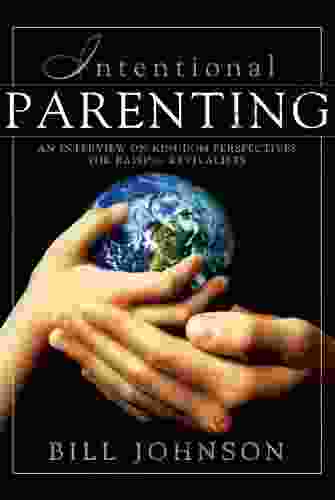Integrative Strategies for the K-12 Social Studies Classroom: Teaching and Learning Beyond the Textbook

In today's rapidly changing world, it is more important than ever to equip students with the critical thinking and problem-solving skills they need to succeed in college, career, and life. Integrative strategies are essential for engaging students in social studies and promoting these essential skills.
5 out of 5
| Language | : | English |
| File size | : | 6861 KB |
| Text-to-Speech | : | Enabled |
| Enhanced typesetting | : | Enabled |
| Word Wise | : | Enabled |
| Print length | : | 246 pages |
| Screen Reader | : | Supported |
| Paperback | : | 242 pages |
| Item Weight | : | 15 ounces |
| Dimensions | : | 6 x 0.61 x 9 inches |
Integrative strategies connect different areas of study and allow students to see the relationships between different subjects. This helps them to develop a deeper understanding of the world around them and to make connections between the past, present, and future.
There are many different integrative strategies that can be used in the social studies classroom. The following are 10 of the most effective:
1. Use primary and secondary sources
Primary sources are firsthand accounts of events or experiences, such as letters, diaries, speeches, and artifacts. Secondary sources are accounts of events or experiences that were written after the fact, such as textbooks, encyclopedias, and biographies.
Using primary and secondary sources together allows students to see different perspectives on the same event or topic. This helps them to develop critical thinking skills and to understand the biases that can be present in different types of sources.
2. Incorporate simulations and role-playing
Simulations and role-playing activities allow students to experience history and social studies concepts firsthand. This helps them to develop empathy for others and to understand the complexities of different situations.
For example, you could have students simulate a trial to learn about the legal system or have them role-play different historical figures to learn about their motivations and beliefs.
3. Use technology to enhance learning
Technology can be a powerful tool for teaching and learning social studies. There are many different online resources, including games, simulations, and interactive maps, that can help students to explore different topics and develop their critical thinking skills.
For example, you could use a website like Google Earth to take students on a virtual tour of different historical sites or use a simulation game like Civilization to teach them about the development of human societies.
4. Encourage student research
Student research projects allow students to delve deeply into a topic that interests them. This helps them to develop their research skills and to learn how to think critically about information.
You can have students research a particular historical event, a social issue, or a current event. They can then present their findings to the class or write a research paper.
5. Connect social studies to other subjects
Social studies is not just about memorizing facts and dates. It is about understanding the human experience and the world around us. This means that it can be connected to many other subjects, such as English, math, science, and art.
For example, you could have students read a novel about the Civil War or have them create a timeline of their own lives to learn about their own personal history.
6. Make learning relevant to students' lives
Students are more likely to be engaged in learning when they can see how it is relevant to their own lives. This means that it is important to connect social studies topics to students' own experiences and interests.
For example, you could have students research a social issue that they are passionate about or have them create a project that shows how social studies concepts apply to their own lives.
7. Use cooperative learning strategies
Cooperative learning strategies allow students to work together in small groups to achieve a common goal. This helps them to develop their communication skills, their teamwork skills, and their problem-solving skills.
For example, you could have students work together to create a presentation on a historical event or have them work together to solve a social studies problem.
8. Provide differentiated instruction
Not all students learn in the same way. This is why it is important to provide differentiated instruction, which means tailoring instruction to meet the needs of individual students.
You can differentiate instruction by providing different levels of difficulty, different types of activities, and different learning supports.
9. Use formative assessment
Formative assessment is a way of assessing student learning throughout the learning process. This helps you to identify areas where students are struggling and to make adjustments to your instruction accordingly.
You can use formative assessment through quizzes, exit slips, and other informal assessments.
10. Reflect on your teaching
It is important to reflect on your teaching regularly to identify what is working and what is not. This helps you to improve your teaching practice and to better meet the needs of your students.
You can reflect on your teaching through journaling, talking to other teachers, and observing your students' learning.
By implementing these integrative strategies, you can create a more engaging and effective social studies classroom. You can help your students to develop the critical thinking and problem-solving skills they need to succeed in college, career, and life.
5 out of 5
| Language | : | English |
| File size | : | 6861 KB |
| Text-to-Speech | : | Enabled |
| Enhanced typesetting | : | Enabled |
| Word Wise | : | Enabled |
| Print length | : | 246 pages |
| Screen Reader | : | Supported |
| Paperback | : | 242 pages |
| Item Weight | : | 15 ounces |
| Dimensions | : | 6 x 0.61 x 9 inches |
Do you want to contribute by writing guest posts on this blog?
Please contact us and send us a resume of previous articles that you have written.
 Top Book
Top Book Novel
Novel Fiction
Fiction Nonfiction
Nonfiction Literature
Literature Paperback
Paperback Hardcover
Hardcover E-book
E-book Audiobook
Audiobook Bestseller
Bestseller Classic
Classic Mystery
Mystery Thriller
Thriller Romance
Romance Fantasy
Fantasy Science Fiction
Science Fiction Biography
Biography Memoir
Memoir Autobiography
Autobiography Poetry
Poetry Drama
Drama Historical Fiction
Historical Fiction Self-help
Self-help Young Adult
Young Adult Childrens Books
Childrens Books Graphic Novel
Graphic Novel Anthology
Anthology Series
Series Encyclopedia
Encyclopedia Reference
Reference Guidebook
Guidebook Textbook
Textbook Workbook
Workbook Journal
Journal Diary
Diary Manuscript
Manuscript Folio
Folio Pulp Fiction
Pulp Fiction Short Stories
Short Stories Fairy Tales
Fairy Tales Fables
Fables Mythology
Mythology Philosophy
Philosophy Religion
Religion Spirituality
Spirituality Essays
Essays Critique
Critique Commentary
Commentary Glossary
Glossary Bibliography
Bibliography Index
Index Table of Contents
Table of Contents Preface
Preface Introduction
Introduction Foreword
Foreword Afterword
Afterword Appendices
Appendices Annotations
Annotations Footnotes
Footnotes Epilogue
Epilogue Prologue
Prologue Disney Book Group
Disney Book Group Kristen Marshall James
Kristen Marshall James Gregory C Chow
Gregory C Chow Adam Garrity
Adam Garrity Robert Storey
Robert Storey Tim Parkman
Tim Parkman Leland Dirks
Leland Dirks Rajiv L B Roy
Rajiv L B Roy Mind Experts
Mind Experts Mary Meinking
Mary Meinking John Bunyan
John Bunyan Fred Ray Lybrand
Fred Ray Lybrand Judith Warner
Judith Warner Jessie Inchauspe
Jessie Inchauspe Shoshana Berger
Shoshana Berger Anita Moultrie Turner
Anita Moultrie Turner Jeanne Frith
Jeanne Frith Jeanne Throgmorton
Jeanne Throgmorton Davo Bradley
Davo Bradley Alex Smith
Alex Smith
Light bulbAdvertise smarter! Our strategic ad space ensures maximum exposure. Reserve your spot today!
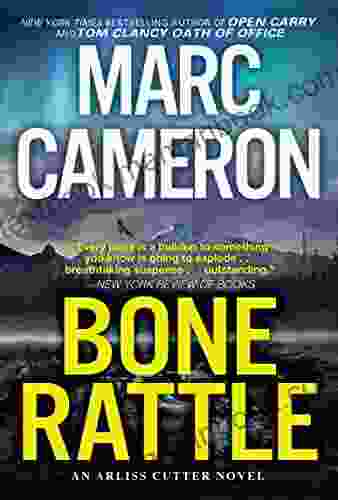
 Gabriel Garcia MarquezAn Arliss Cutter Novel: A Riveting Novel Of Suspense That Will Keep You on...
Gabriel Garcia MarquezAn Arliss Cutter Novel: A Riveting Novel Of Suspense That Will Keep You on...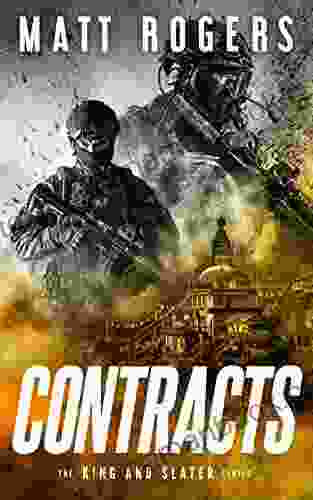
 Israel BellContracts King: The Chilling True Story of a Serial Killer Who Preyed on the...
Israel BellContracts King: The Chilling True Story of a Serial Killer Who Preyed on the...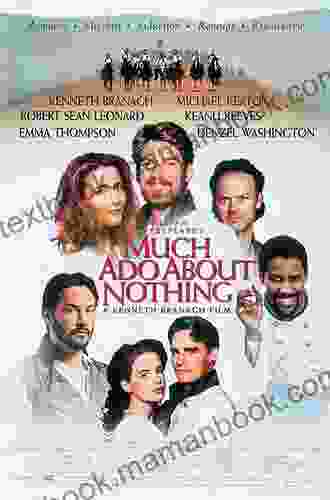
 Tom ClancyThe Revised Edition of The Arden Shakespeare: Third Series - A Comprehensive...
Tom ClancyThe Revised Edition of The Arden Shakespeare: Third Series - A Comprehensive...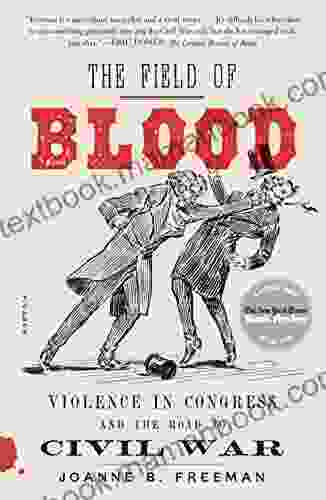
 Elmer PowellThe Field of Blood: Uncovering the Ancient Roman Battlefield Where Brutus and...
Elmer PowellThe Field of Blood: Uncovering the Ancient Roman Battlefield Where Brutus and... Victor HugoFollow ·2.2k
Victor HugoFollow ·2.2k Jason HayesFollow ·6.4k
Jason HayesFollow ·6.4k Jake CarterFollow ·13.8k
Jake CarterFollow ·13.8k George BellFollow ·10.4k
George BellFollow ·10.4k Scott ParkerFollow ·7.1k
Scott ParkerFollow ·7.1k Demetrius CarterFollow ·19.5k
Demetrius CarterFollow ·19.5k Isaiah PowellFollow ·19.9k
Isaiah PowellFollow ·19.9k Harry HayesFollow ·19.5k
Harry HayesFollow ·19.5k

 Forrest Reed
Forrest ReedHulusi Darende's Poems: Unraveling the Lyrical Tapestry...
: A Journey into the Heart of Sufi...
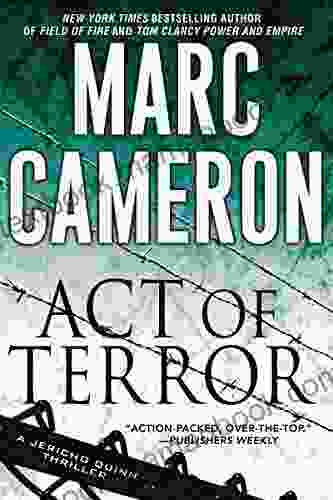
 Gabriel Blair
Gabriel BlairAct of Terror: A Jericho Quinn Thriller
In the heart-pounding...
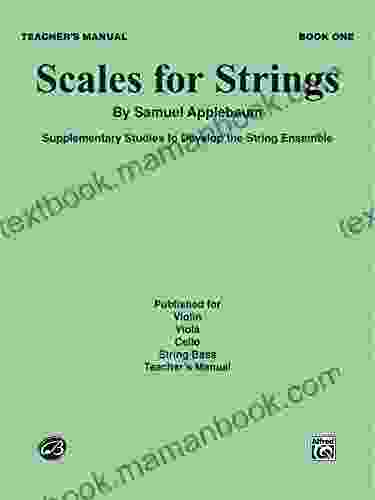
 Zadie Smith
Zadie SmithScales for Strings Teacher Manual: A Comprehensive Guide...
Scales are fundamental building blocks of...

 Hugo Cox
Hugo CoxMermaid (NHB Modern Plays) Polly Teale
The Mermaid NHB Modern Plays series, a...
5 out of 5
| Language | : | English |
| File size | : | 6861 KB |
| Text-to-Speech | : | Enabled |
| Enhanced typesetting | : | Enabled |
| Word Wise | : | Enabled |
| Print length | : | 246 pages |
| Screen Reader | : | Supported |
| Paperback | : | 242 pages |
| Item Weight | : | 15 ounces |
| Dimensions | : | 6 x 0.61 x 9 inches |



